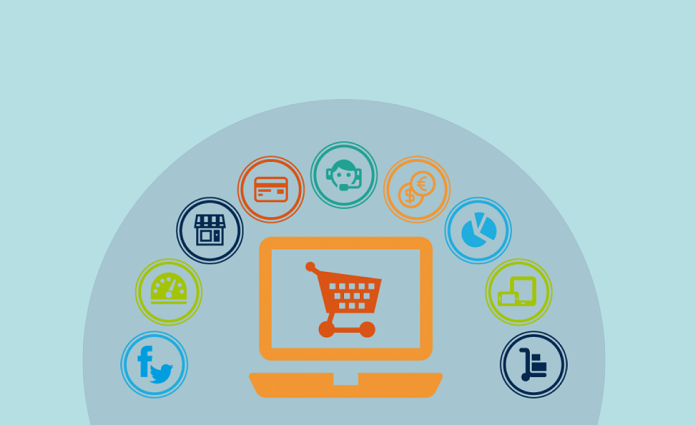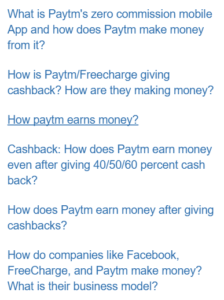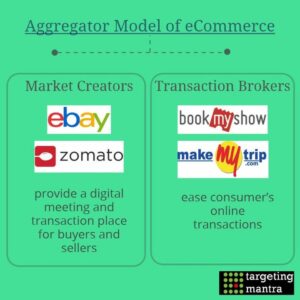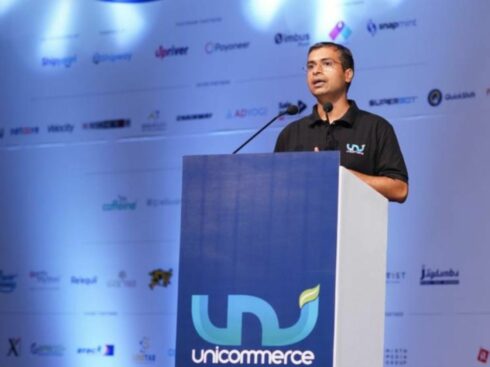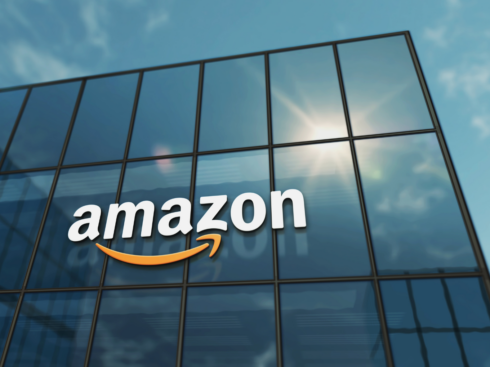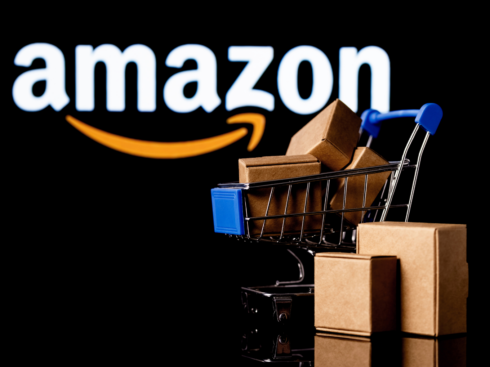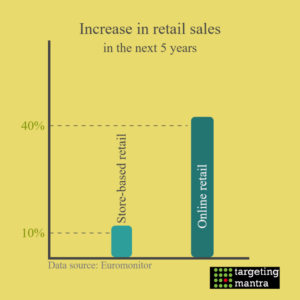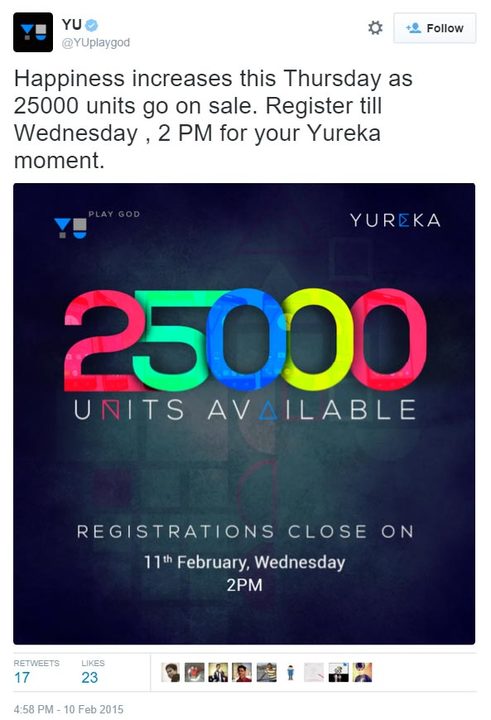According to the estimates of the study conducted by eTailing India, Indian ecommerce is set to touch $76 Bn by 2021.
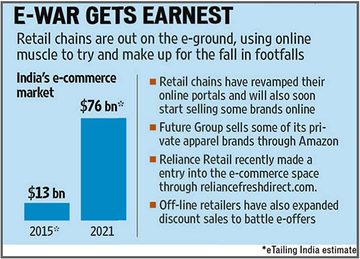
This is the result of the new business models that are cropping up in the Indian entrepreneurial ecosystem. Young entrepreneurs no longer see the problems in the way business is conducted in India; for them, these problems are opportunities to flourish and prosper through innovative solutions.
Furthermore, these young minds are focused on solving these problems. For instance, when consumers expressed their desire to get books delivered at their doorsteps, Flipkart stepped in, but when they exceeded expectations with getting even the consumable (low shelf life, like groceries) items also delivered at their convenience, companies like BigBasket, Grofers and MyGrahak were born to satisfy them. Similarly, came Portea Medical for home-based medical care and Housing.com for real estate challenges.
Let us look at the five upcoming business models that are changing the face of ecommerce. Let us find out what is making them so popular amongst the Indian shoppers and what is their chief source of revenue.
There were a number of similar questions posed on Quora:
These companies, after facilitating our transactions, offer us cashback too, and to think that the only way they are surviving is only because they’re constantly being funded by top-notch investors would be a partial perspective. After all, the investors must have also looked at their business model and asked the founders the very same question:
Cashback will help you acquire customers, but how will you make money with it?
And the answer is commissions.
Surfing on Commissions
Paytm, Freecharge, FoodPanda, CouponDunia, and there are many more like that who have built their revenue generation around the commission-based business model. Paytm and Freecharge receive their commissions from telecom companies (2-5%) while FoodPanda accomplishes this by charging restaurants for the spreading their footprints online.
This not only helps the merchants (ones that have a physical store, but no or negligible online presence) get better exposure, they also provide them with market data and intelligence so they could target their offerings better with respect to the competition in the market. As a plus, this strategy provides users with more options and merchants with more users.
CouponDunia, another affiliate marketing site with commissions ranging from 5-50%, generates its revenue when consumers redeem discount coupons present on its site to buy stuff online. Such referral sales account for more than 8% of all ecommerce sales in India.
Not only these, IRCTC, the leader in India’s online travel companies, earns 60% of its profit only from commissions on ticket sale.
Tasting Success Through Aggregator Model
When Uber became a hit in the west and Ola in India, the success of the aggregator model became evident to everyone who studied the ecommerce space. Such companies fall basically into two categories – the market creators, like Zomato and eBay, which provided a digital meeting and transaction place for buyers and sellers, and transaction brokers, like MakeMyTrip and BookMyShow, which eased consumer’s online transactions.
Their revenue model might be based on the transaction (convenience) fees for facilitating the transaction, their value proposition is convenient, on-demand service which is also cost-effective. With such a model, these companies are helping in the growth of vertical ecommerce in India.
If you ever get a chance to look at the backend of these e-marketplaces, you’ll find an extremely complex integration of customer-merchant databases. However, their success relies on the simple and intuitive customer experience that they provide, both to the buyers and the sellers. Hence, aggregator model is building its foundation on loyalty and lifetime value of the customer by giving him a simple yet compelling buying experience.
Banking on Omni-channel Presence
Till 2014, having an omni-channel presence meant having a website (web-commerce, digital ads, emails, etc.) and a mobile app (text messages and push notifications) along with presence on all social media platforms. This led to the introduction of ‘buy’ buttons on social media channels so as to encourage the upcoming trend of social commerce.
But as ecommerce evolved, omni-channel took a new dimension. It now means ecommerce retailers opening up physical stores for buying and exchanging products and convenience pick up stores for orders placed online. Ecommerce is now more seamless than ever.
In this shift, the retailers who will be rewarded with greater share of wallet, brand equity and higher sales will be the ones who can touch the customer at more touch points. One successful company in this arena is Macy’s click-and-collect which has proved that going omni-channel can not only elevate customer satisfaction but also increase spending per customer. We can find Amazon doing a similar operation in India by opening up convenience pick up stores for products ordered online.
Data source: cgma.org
As per the data collected by Euromonitor, in the next five years, growth in online retail industry will be four times the growth in store-based retail in India. This is the primary reason behind initiating innovative online-offline sales campaigns by enterprises like Future Group and Tata Group.
Future Group recently entered into an exclusive deal with Amazon while Croma (owned by Tata Group) did the same with Snapdeal. The strategy was leveraging each others’ strengths and innovation in technology to reach out to a wider range of audience. They are trying to sell private brands online.
In a similar yet opposite fashion, online brands like FirstCry.com are opening up physical stores to complement the experience of online buying. Following its footsteps, Amazon opened up its first offline store in India (Bangalore) last month to make its presence felt offline.
Riding on Flash Sales
Flash sales are like a flood of great offers but for limited time. They work upon the psychology of both a limited supply and limited time, i.e., the fear of missing out on a great deal. Such flash sales have been the main source of revenue in past for US sites like Groupon and LivingSocial, which not only helped them gain media buzz but also maintained merchant enthusiasm for years. Off late, these deals have taken the route to India and disrupted the ecommerce arena.
However, flash sales in India are limited to special festive days, for example, Flipkart’s Big Billion Day sale, Amazon’s Great Indian Festive Sale, and Snapdeal’s Festive Mondays during and after Navratri. The benefit of these sales is that they clear up the past stock within minutes of their launch.
One mentionable example here is the case of Micromax’s subsidiary Yu and its sale of Yureka smartphone on Amazon. Interested buyers had to register prior to the opening of the sale slot which held only a limited number of handsets. Quite astonishingly, all 25,000 of handsets were sold out within 5 seconds!
This was also an example of how these sales can be used for quick experimentation and introduction of new products and services. While Snapdeal opens up most of its sales to anyone who comes to their online shop from all sorts of devices, Amazon bids on its app by frequently announcing Appiness Day sales where one can bag huge discounts if purchasing through their mobile app.
With such sales becoming more frequent and ‘expected’, online retailers are trying hard to differentiate themselves from their competitors. In such a bid, SnapDeal took a different route. It acquired a luxury brand, Exclusively.in, in an attempt to attract the aspirants of high-end luxury products and services. Flipkart also did a similar gig by providing Chinese smartphone manufacturer, Xiaomi, a whitelabel platform for a scaling and executing multiple flash sales.
The Rise of Subscription-based Ventures
A while ago, we raised a question that whether subscription model is a viable option for ecommerce or not, and answered it too. However, with the successful rise of ecommerce subscription services like birchbox, naturebox and also their Indian counterparts like, HealthKart and Flinto, there is now no shadow of doubt. Subscription ecommerce is a trend that all online retailers can and should embrace.
The three legs of the success tripod of this model are product discovery, demo, and utility. Companies enjoy the flexibility of the model, having a predictable inventory, easy road to upsell, steady (and recurring) cash flow and the pace of developing deep customer relationships. By adopting this model, companies save their skin on price wars, stockpiling and wastage.
Customers, on the other hand, love the experience of try-before-buy, discovering new products every time andaccess to high-end brands at very low prices, that too when they are delivered at their doorsteps. This helps in brand amplification and referrals both through word-of-mouth and social media.
Further, the benefits are not restricted to the buyers and sellers. The suppliers are on a roll too. They enjoy the opportunity to test new products by sending free samples to the targeted audience.
Summing it all
The way ecommerce is going, the end goal of every upcoming business seems to be centered around the customer. As innovation becomes their strong arm, entrepreneurs are creating new ecommerce verticals with path-breaking ideas. It doesn’t matter which business model they adopt, they are focused on creating unique and unforeseen shopping experience for their customers. And these emerging experiences are laying ground for retailers to reach their customers in newer ways.
Download an interesting research on what works (and what doesn’t) in email marketing for ecommerce by TargetingMantra.



